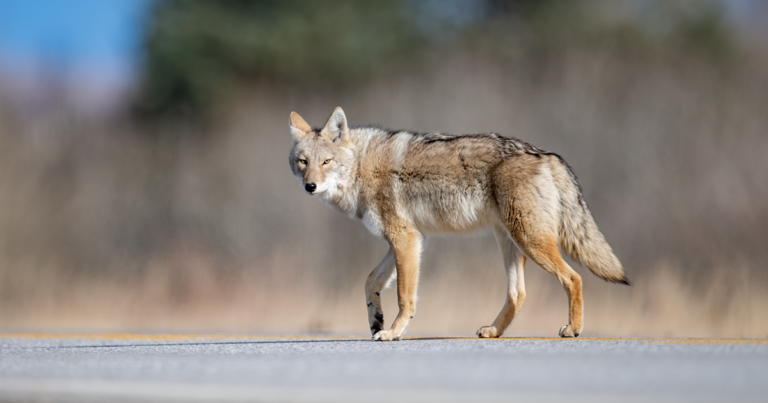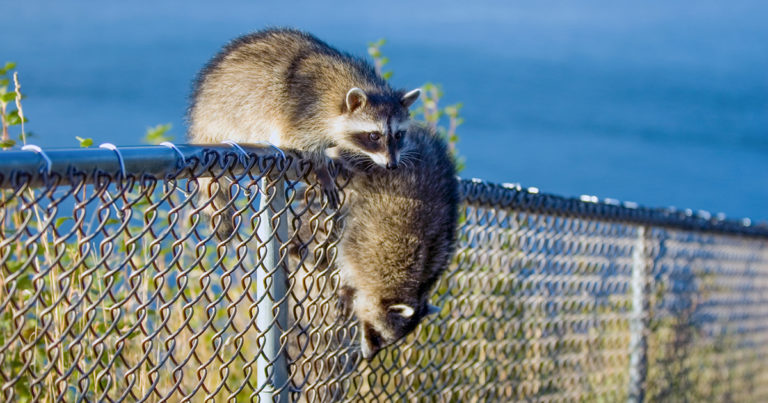
Media must challenge status quo from government agencies
Questions that go unasked could change public perception and attitudes.

Questions that go unasked could change public perception and attitudes.

Language used in media can remove a feeling of responsibility for consequences to wildlife.

An off-leash dog, out of sight of their human companion, got in a fight with two coyotes – and the media is blaming the coyotes.

Dr. Shelley Alexander shares her views of a 10-year-old media content analysis, her own experiences with sensationalism and how they’ve impacted her role as a researcher and educator.

Dr. Shelley Alexander’s nuanced explanations of coyote behaviour filtered down to one simplistic statement while interviewing on Morning Live.

Wildlife “attacks” make for great headlines, but often, investigations show food plays a significant role.

Updating terminology, contacting experts not responders, can help people coexist with native wildlife.

Could a culture of fear founded in media sensationalism detract from coexistence efforts?

Non-profit The Fur-Bearers wants residents to know body-gripping traps are legal and dangerous in B.C. and across Canada.

The headlines often say bear or coyote attack, but the stories themselves reveal that humans and dogs instigated conflicts.

Donors receive print or email edition with updates on campaigns, strategic planning and more!

WARNING: This article contains upsetting information. However, graphic photos are not visible unless clicked for access.

The Conservation Officer Service has stuck to their guns on why they kill so many bears in British Columbia. Let’s look at their messaging and compare it to the bare facts.

There is a problem in Coquitlam, and it isn’t the bears.

Yellowstone incident displays two major problems in our relationships with wildlife.

The definition leads us to wonder what the misuse of 'brazen' says about us, rather than coyotes.

Through compelling photography, journalism, andfilmmaking,We Animals Mediailluminates the lives of animals used for food, fashion, entertainment, work, religion, and experimentation,and seeks to give their lives and stories a place in the public conscience.

Coverage of bears have painted them as attackers – but what happens if we consider the bear’s perspective?

There are solutions to end suffering of animals caught by traps in Delta, BC. This post has no graphic images.

Using the “Five ‘W’s”, providing links and citations, and other news writing tips help advocates propel causes

We made a mistake. Here’s why we’re grateful you pointed it out.

Media focuses on ancillary, rather than primary, issue in coverage of bear carcass being dumped at landfill by COS.

Information about what preceded the contact, if an investigation revealed feeding, and other questions must be asked by journalists.

Host Michael Howie shares the news that Defender Radio has reached 100,000 downloads, and gets a surprise midway through recording!